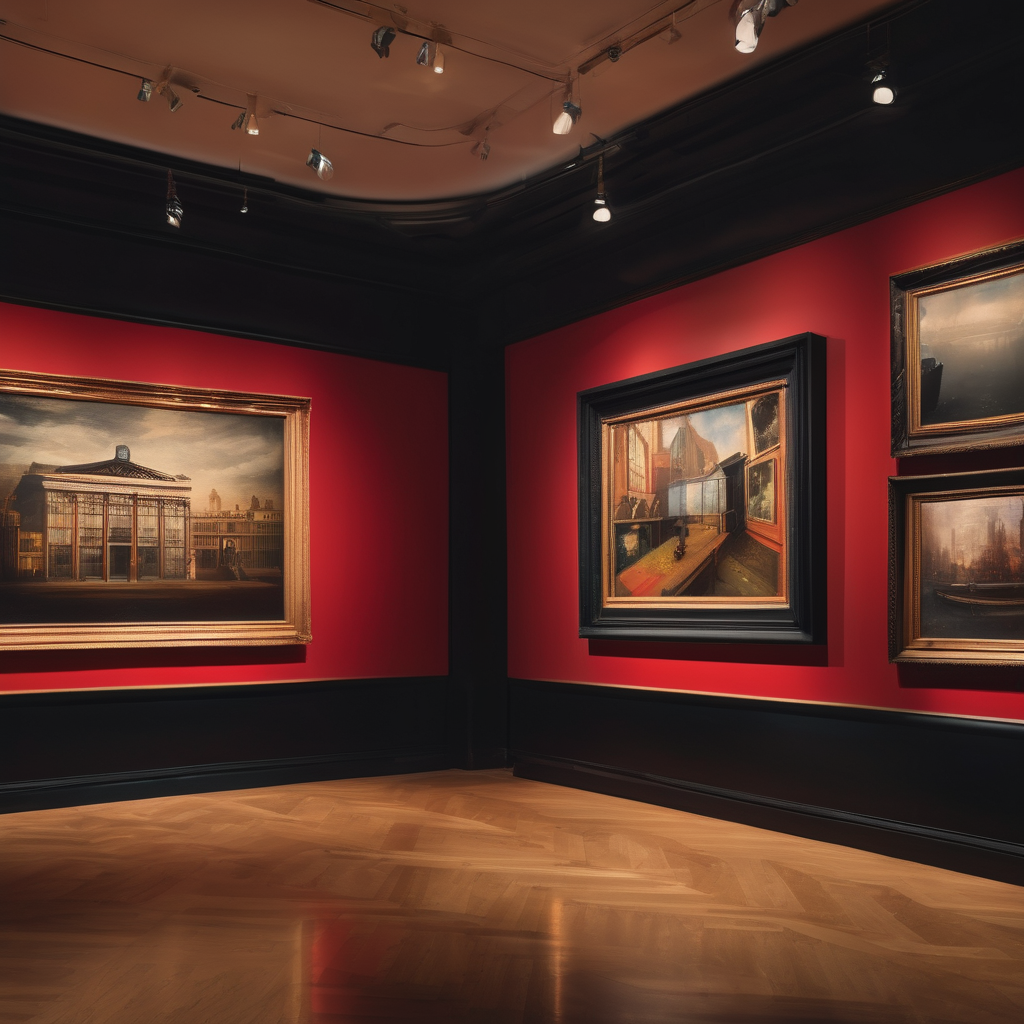Thieves executed a daring early morning burglary at the Louvre Museum in Paris, using a basket lift to reach the Galerie d’Apollon, where they made off with jewels of “inestimable value.” The incident occurred shortly after the museum opened on Sunday morning, June 16, 2025. According to interior minister Laurent Nunez, the crime lasted no longer than seven minutes, during which the intruders forced open a window, smashed display cases, and fled on two-wheelers.
The museum closed for the day citing “exceptional reasons,” and fortunately, no injuries were reported among museum staff or visitors. Forensic teams are currently investigating the scene, and a comprehensive inventory of the stolen artifacts is being compiled. Many of the stolen pieces are part of the French Crown Jewels and hold immense historical and cultural significance.
Following the incident, police cordoned off the museum area and evacuated visitors, while new arrivals were turned away. Witnesses speculated on the potential for planning, as the thieves seemed to have conducted reconnaissance prior to executing the theft.
Nunez highlighted that this robbery was a “major” event, emphasizing the use of sophisticated tools such as a disc cutter to shatter windows. Reports indicate that among the stolen items were nine pieces from the jewelry collection associated with Napoleon and Empress Eugenie, one of which was later found outside the museum, reportedly damaged.
The Louvre, known for hosting over 33,000 artworks and attracting around 30,000 visitors each day, has a rich history of thefts, with the most infamous case being the 1911 disappearance of the Mona Lisa. While that piece was eventually recovered, the recent robbery underscores ongoing challenges regarding security in renowned cultural institutions.
This incident has ignited discussions about museum security and the protection of invaluable cultural heritage, creating a hopeful narrative around the need for enhanced measures. As investigations continue, it is hoped that swift action will lead to the recovery of the stolen items and renewed commitment to safeguarding such irreplaceable treasures. The resilience of institutions like the Louvre reminds us of the importance of preserving our shared cultural history against the backdrop of criminal activity.
